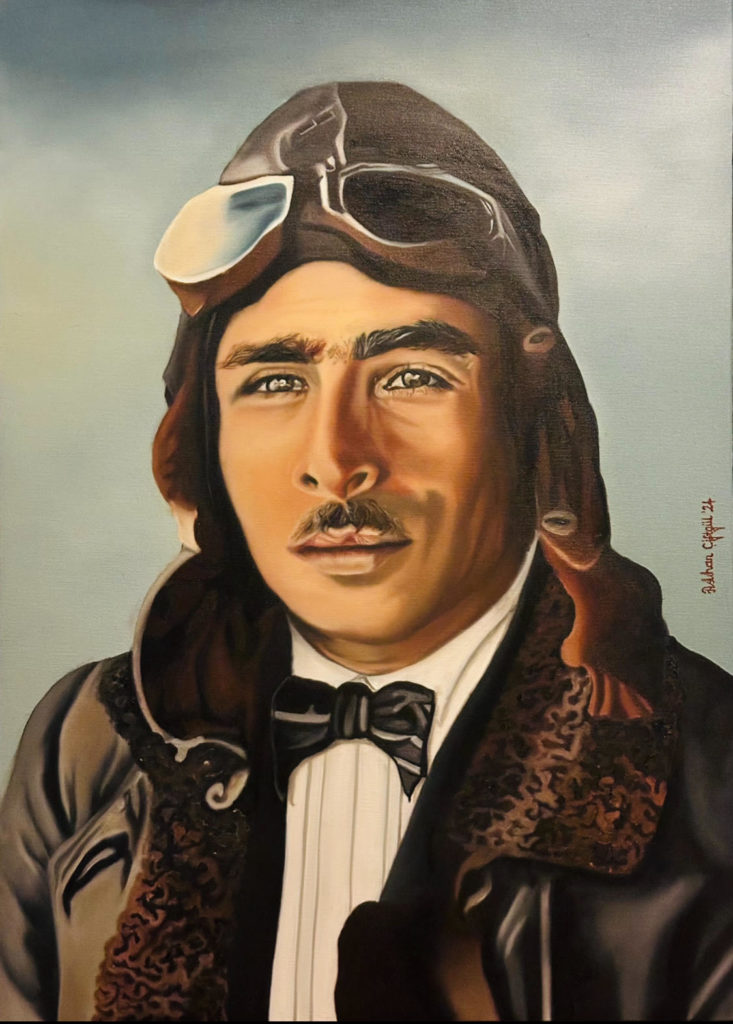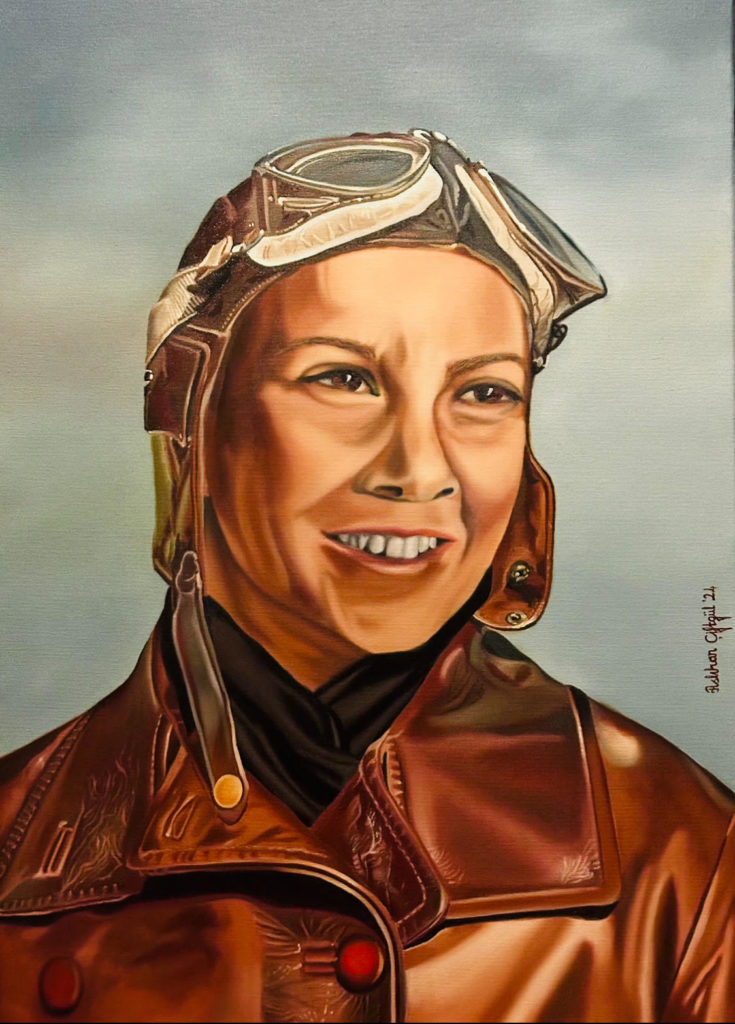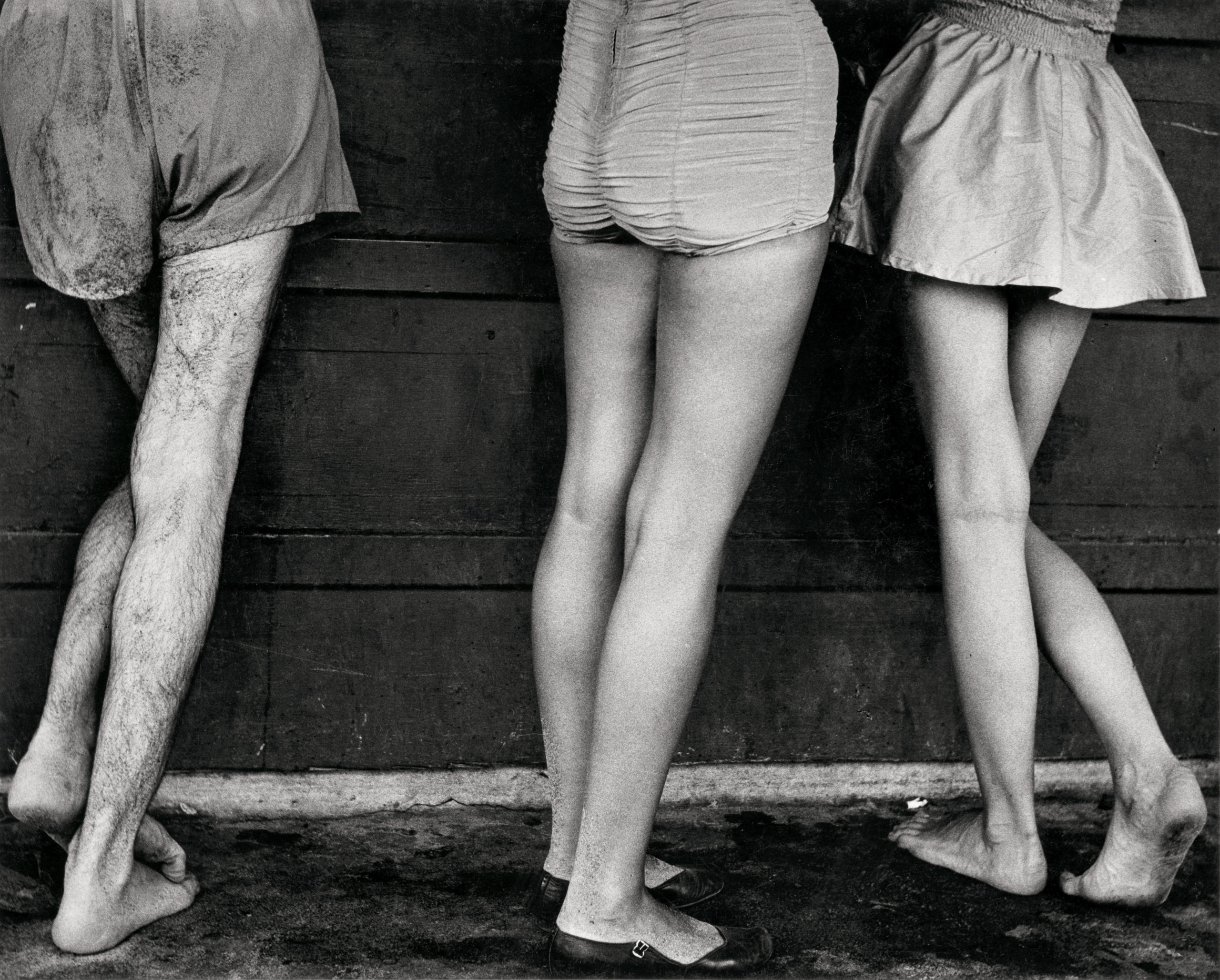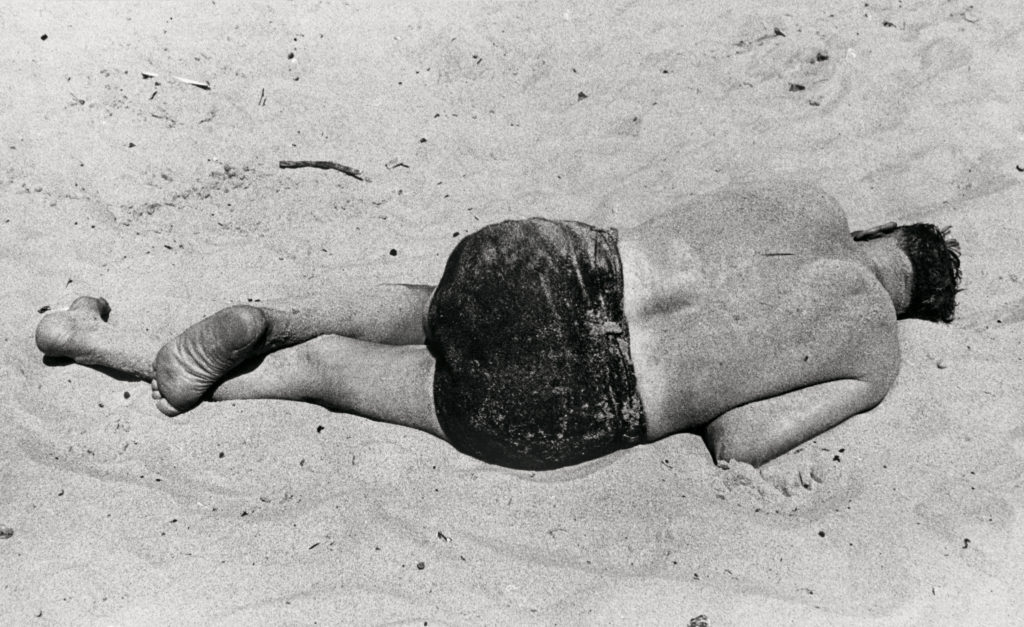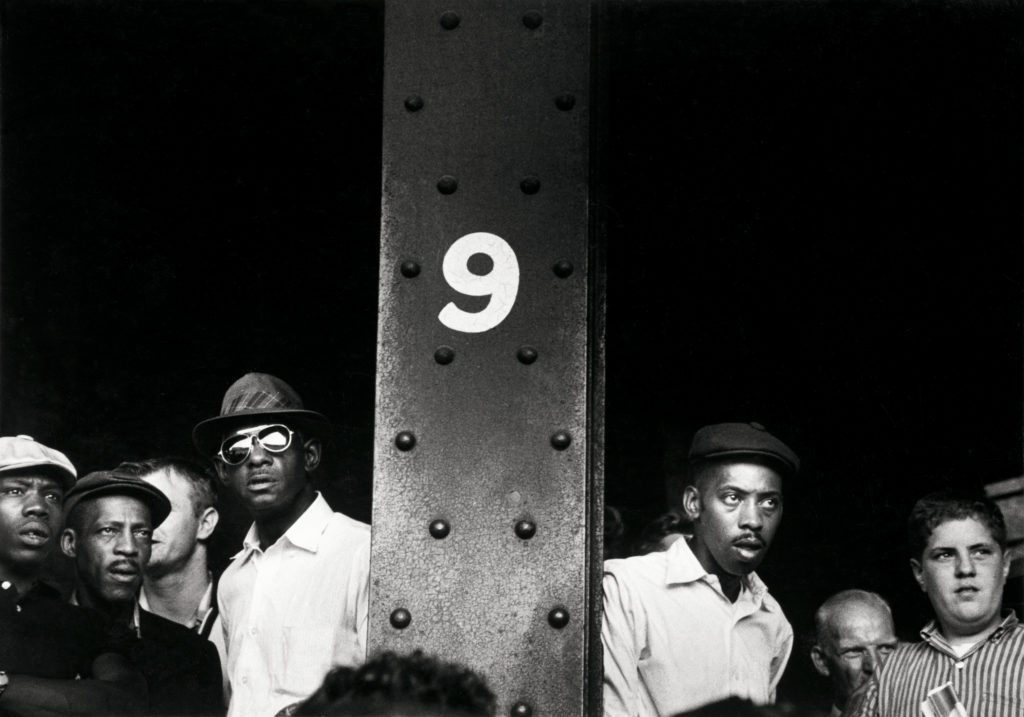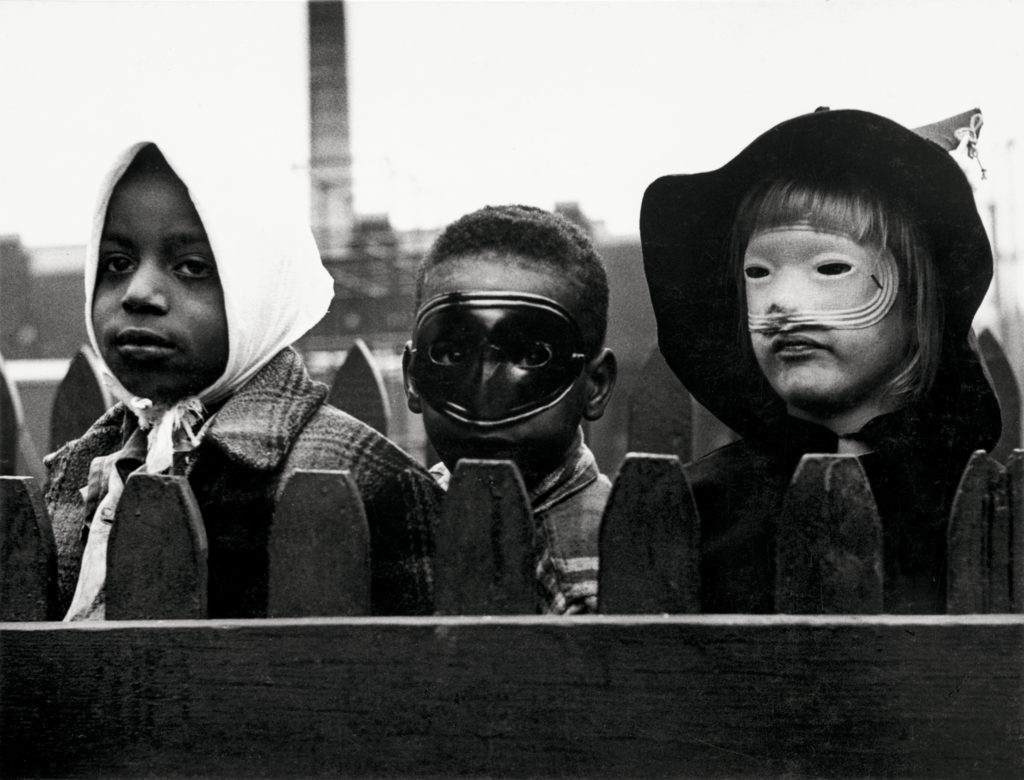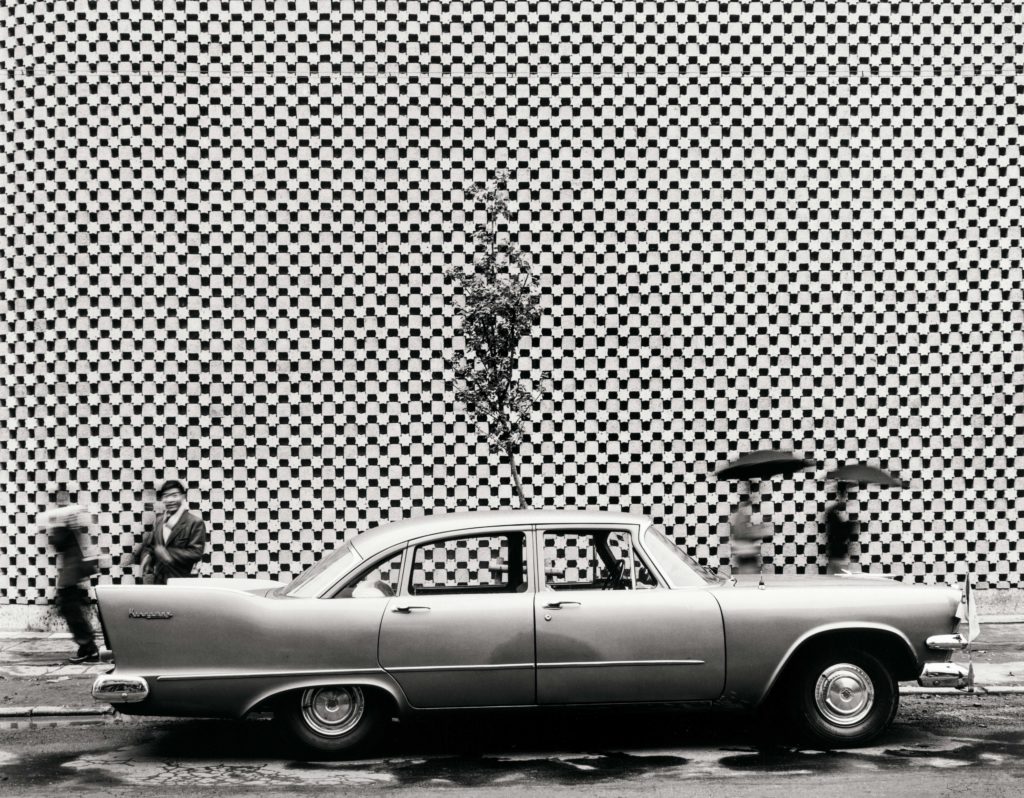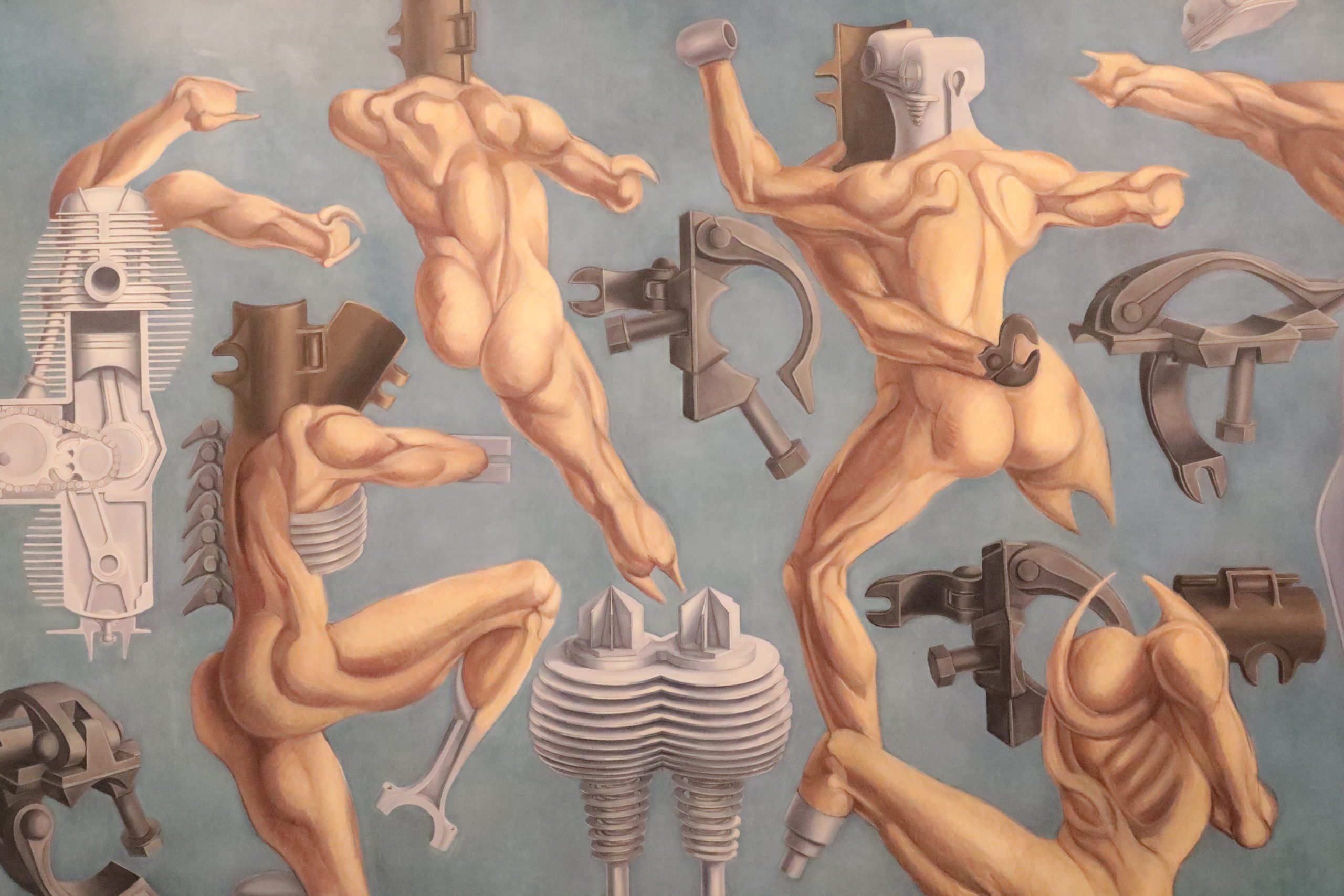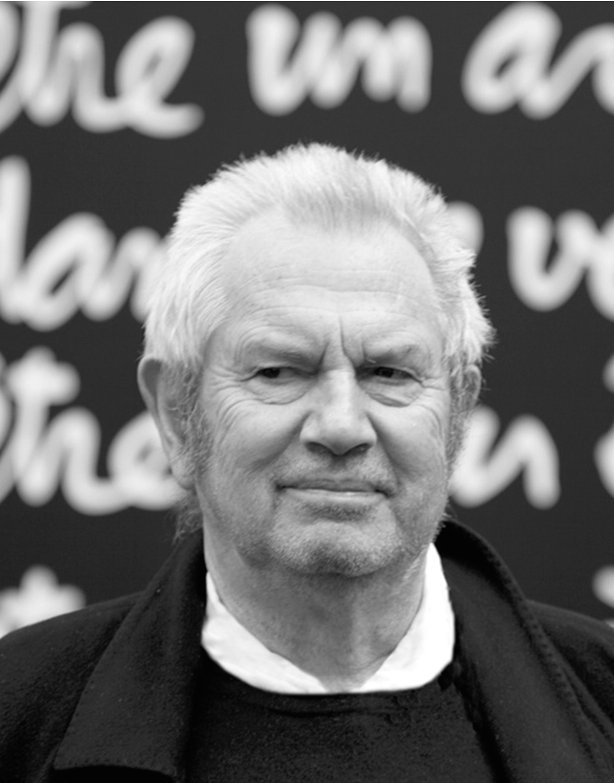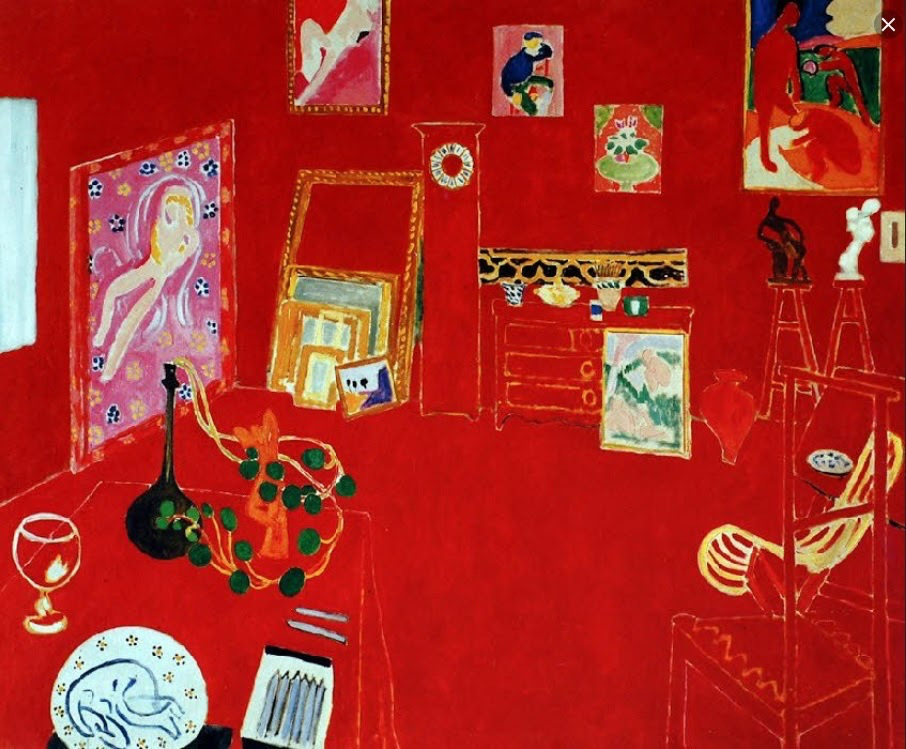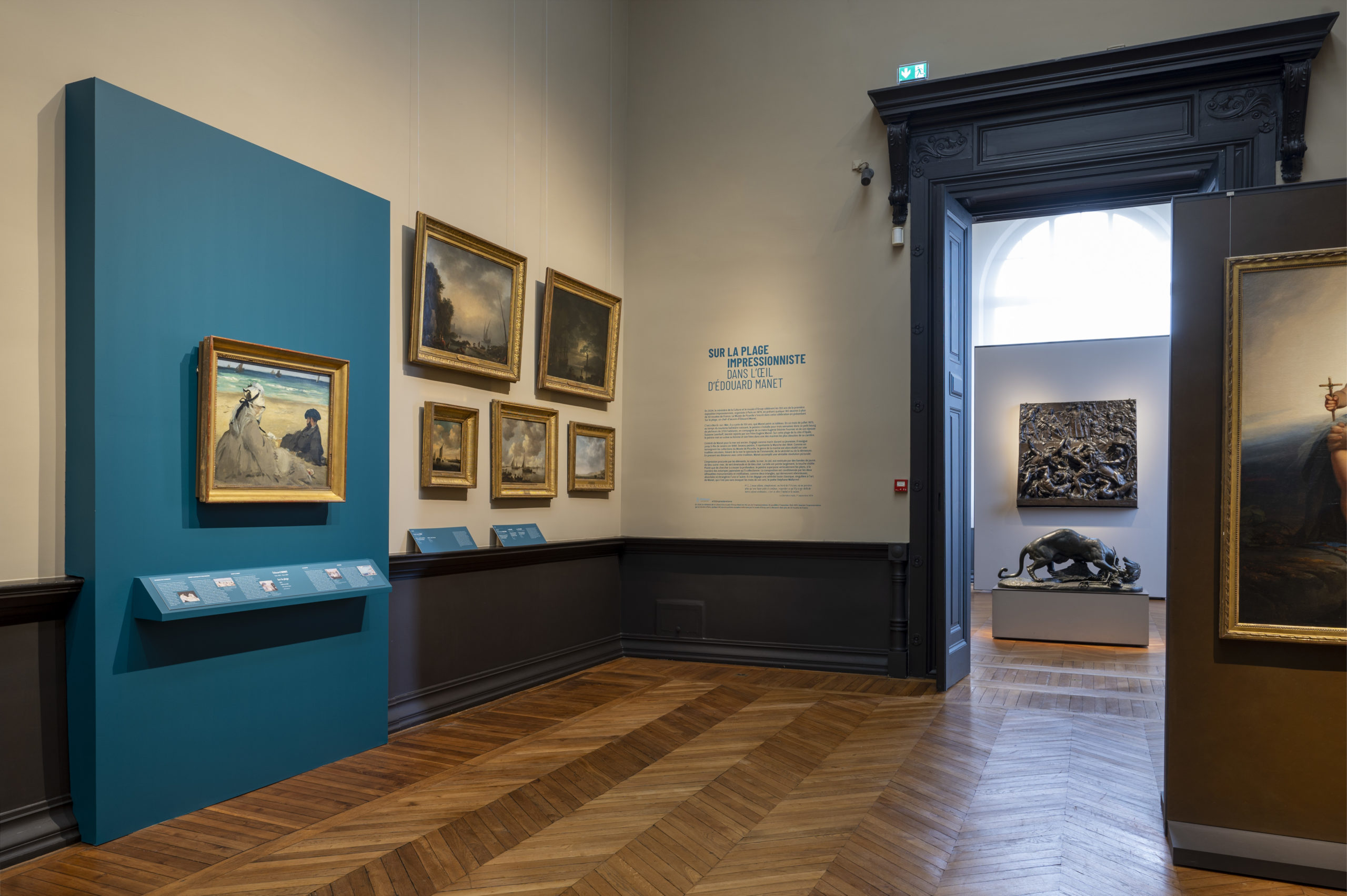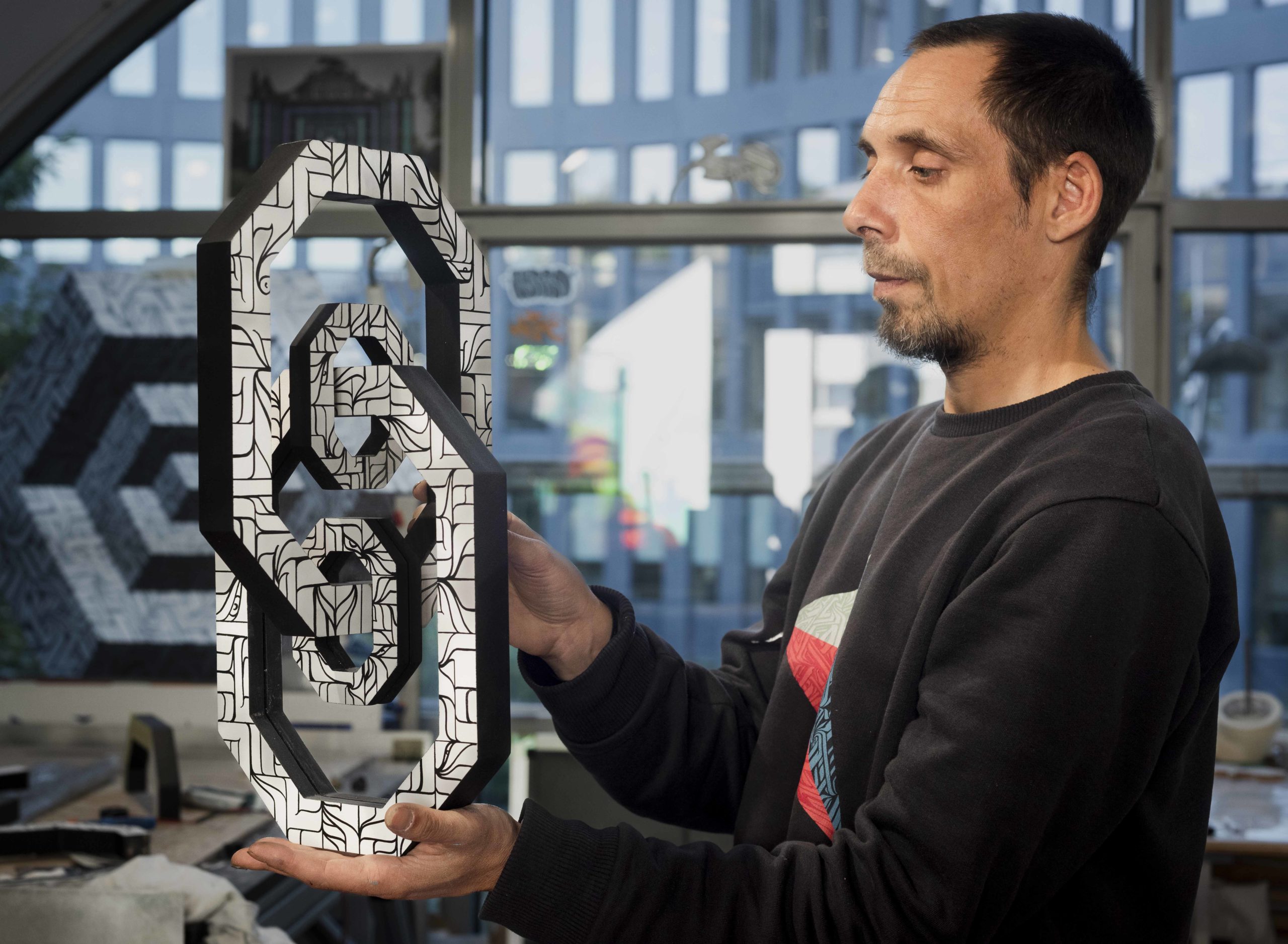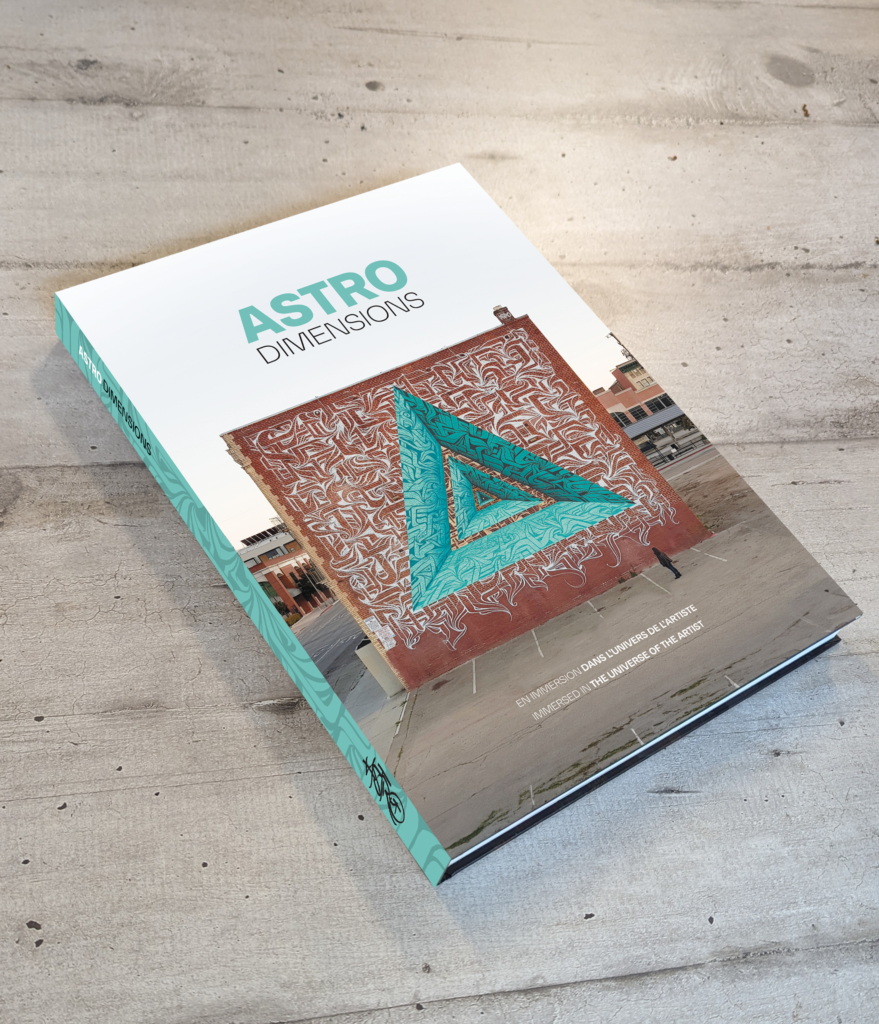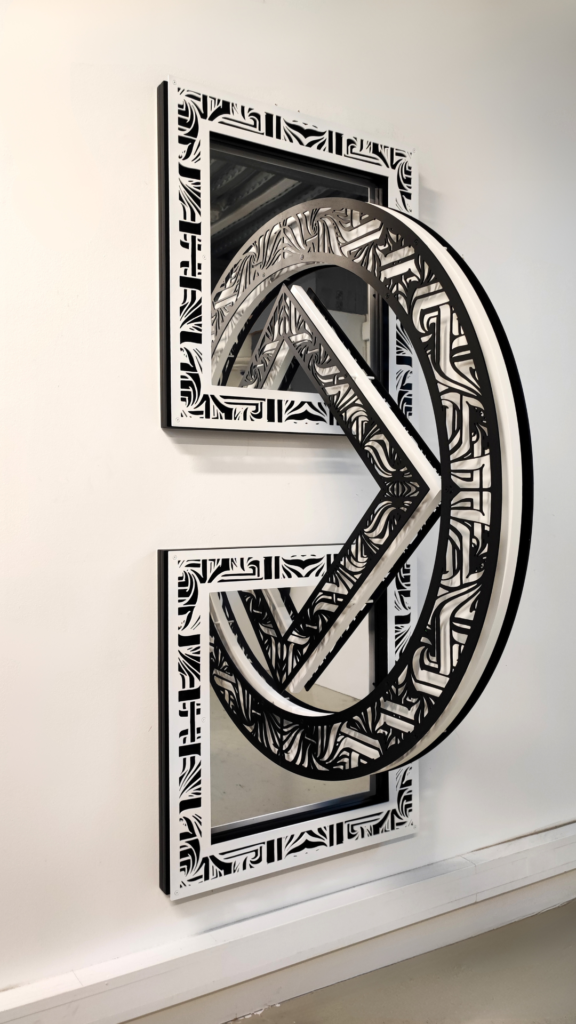From 12 to 18 May 2024, the Tokyo Metropolitan Art Museum hosted an exceptional group exhibition to celebrate the centenary of the friendship between Turkey and Japan. The event provided a valuable opportunity for the two nations to strengthen their cultural and artistic ties, bringing together artists and art lovers in a vibrant celebration of creativity and collaboration.
A Festival of friendship and creativity
The Turkish Embassy in Japan played a central role in organising this event, inviting renowned artists to exhibit their work. Among them, Aslihan Ciftgul, a leading figure in contemporary art, honoured the exhibition with her presence. Her participation testifies to the importance Turkey attaches to this significant anniversary, symbolising a century of cultural exchange, mutual respect and sincere friendship between the two countries.
Works by Aslihan Ciftgul
Among the pieces on display, Aslihan Ciftgul presented two remarkable works depicting important historical figures of the Turkish Republic.
Sabiha Gökçen : The First Woman Pilot of the Turkish Republic
One of Ciftgul’s key works is a portrait of Sabiha Gökçen. Recognised as the first female combat pilot by the Guinness Book of Records, Gökçen flew around 8,000 hours and took part in 32 different military operations during her career. She has received numerous awards, including the Gold Medal of the Fédération Internationale de l’Aviation in 1991, and was the only woman selected for the “20 Greatest Aviators in History” poster in 1996.
Vecihi Hürkuş : The first male pilot of the Turkish Republic
Ciftgul’s second work depicts Vecihi Hürkuş, a Turkish fighter pilot and brilliant aeronautical engineer. Hürkuş built Turkey’s first aircraft, the Vecihi K-IV, and founded the country’s first civilian flying school. His contributions have been recognised with numerous honorary awards, underlining his pioneering role in Turkish aviation.
A cultural bridge between Turkey and Japan
This exhibition at the Tokyo Metropolitan Art Museum not only celebrated the centenary of friendship between Turkey and Japan, but also provided a platform for artists from both countries to share their visions and inspirations. By highlighting the diversity and richness of artistic expression, the event strengthened cultural ties and promoted mutual understanding between the two nations.
Visitors to the exhibition had the opportunity to discover the depth and variety of the works on display, each piece telling a unique story and reflecting the cultural heritage of the artists. In conclusion, this artistic celebration marked an important moment in the history of Turkish-Japanese relations and symbolised a promising future of cooperation and enriching cultural exchanges.
